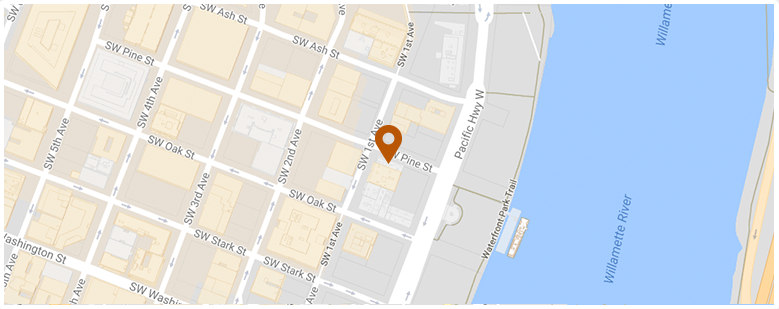As many of us prepared for this July 4 holiday week the Oregon legislature passed a key bike safety measure and sent it to Governor Kate Brown. As outlined by The Oregonian, Senate Bill 998 will “allow bicyclists to legally treat stop signs or intersections with flashing red signals as a yield sign, meaning they would not be required to come to a complete stop.”
The paper notes that similar legislation has been effect in Idaho for more than three decades and that that the measure has long been pushed by bike advocates in our state. By allowing cyclists to maintain momentum in situations where it is safe to do so it will improve the general flow of traffic on our roads and bike paths, and reduce the risk of falls at intersections for riders using clip-in pedals.
Crucially, SB 998 is not a license for riders to ignore stop signs. As The Oregonian reports, the bill says cyclists need not come to a complete stop only “as long as they slow to a safe speed, yield the right of way to pedestrians, and yield to traffic that is already in the intersection or approaching so close as to constitute an immediate hazard.”
 Oregon Injury Lawyer Blog
Oregon Injury Lawyer Blog


